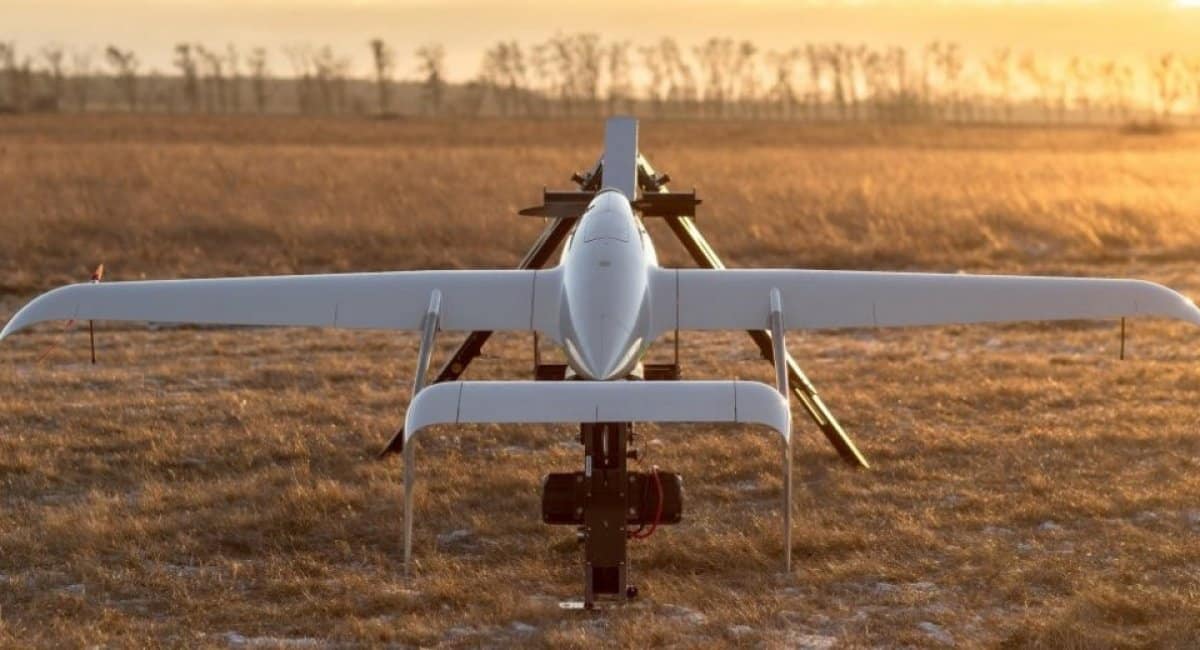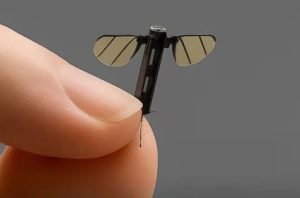Ukrainian-British Alliance to Manufacture Raybird Drones in the UK: Enhancing Drone Capabilities for Ukraine, Britain, and NATO
The realm of defense technology is entering a transformative phase, highlighted by an extraordinary collaboration between Ukraine and the United Kingdom. This significant joint effort to produce Raybird drones merges battle-tested Ukrainian innovation with British industrial prowess, paving the way for a new era in European and NATO security.
From Ukraine’s Battlefields to Britain’s Production Facilities
The Ukraine-UK drone collaboration is more than a commercial agreement—it’s an emblem of how cooperation and inventiveness can shift the dynamics of modern warfare. On July 2, 2025, Ukrainian UAV creator Skyeton and British defense entity Prevail Partners unveiled “Skyeton Prevail Solutions,” a joint venture to mass-produce the advanced Raybird unmanned aerial vehicle (UAV) in the United Kingdom. This initiative boosts supply to both the Ukrainian Armed Forces and the British Army and establishes the foundation for inclusion in NATO defense mechanisms.
Unique Attributes of the Raybird
The Raybird is more than just a drone; it’s a NATO Class I UAS tested in one of the planet’s toughest conflict zones. Since Skyeton introduced it in 2014, Raybird has accomplished thousands of successful missions over Ukraine, racking up over 350,000 flight hours and demonstrating an “exceptionally low loss rate” despite facing electronic warfare, adverse weather, and active enemy opposition.
Key Technical Specifications:
- Flight endurance: Capable of up to 28 hours of continuous flight
- Maximum range: Operational envelope exceeding 2,500 km
- Operational altitude: Up to 10,000 meters (standard missions range between 3,500–5,500 meters)
- Payload: Modular, accommodating 5–10 kg; swift, tool-free swapping of cameras, radars, or sensors
- Launch & Recovery: Catapult launch, parachute recovery—even in tough weather conditions
- Control: Real-time data transmission up to 225 km, highly resistant to jamming and electronic warfare
- Autonomy: Capable of autonomously following pre-set routes and returning even if communications are lost
Real-World Impact: Raybirds have been directly linked to “billions of dollars in Russian losses,” offering Ukraine essential aerial surveillance, artillery adjustment, and search-and-rescue operations.
“Raybird has been incredibly effective under the most demanding conditions on the Ukrainian battlefield. By forming an alliance with a respected British company … we expect the utility of our unmanned aerial system to grow globally and exponentially.”
— Pavlo Shevchuk, International CEO at Skyeton
Why Choose Britain for Raybird Production?
The strategic choice to mass-produce Raybird drones in the UK offers numerous benefits:
1. Supply Security:
As demand for Raybirds grows among Ukraine and its allies, localizing production in the UK minimizes supply chain risks and ensures faster delivery for Britain’s military and other NATO partners.
2. Technology and Skills Transfer:
The joint venture infuses Ukrainian battlefield-proven technology into Britain’s advanced R&D ecosystem, fostering job creation, knowledge exchange, and training for the next wave of aerospace engineers in both nations.
3. NATO Standardization:
The Raybird’s design already aligns with NATO Class I UAS standards, offering a ready-to-use solution for alliance members. Expertise from Prevail Partners streamlines its adoption by UK and allied forces.
Distinguishing Characteristics of the Raybird
a. Modularity and Flexibility:
Raybird’s payload can be swapped in under a minute without tools, allowing for rapid adaptation to different missions, whether for reconnaissance, radar, or electronic warfare.
b. Resistance to Electronic Warfare:
Raybird’s noise-resistant telemetry and frequency-hopping communications make it exceptionally challenging to jam. Even if communications are lost, it continues its mission autonomously—a critical capability given the extensive investment in electronic warfare by adversaries.
c. Quick Deployment:
The entire Raybird setup fits in four transport containers, ready for deployment within 25 minutes. The catapult launch and parachute recovery ensure operation under adverse weather conditions where other drones might fail.
d. Proven Reliability:
In the challenging environments of Ukraine, Raybird has shown a notably low loss rate, earning the trust of its users—unlike some Western UAVs that have struggled under fire.
The Strategic Impact: Drones and Warfare’s Future
Drones have become the hallmark technology of modern warfare. As shown in the Ukraine conflict, aerial reconnaissance, quick-strike capability, and real-time intelligence can be critical for both soldiers and civilians.
Britain’s growing commitment to drone advancements includes a recent pledge of a £350 million drone aid package for Ukraine, part of a broader strategy to deliver 100,000 drones by year’s end. The Raybird joint initiative fits seamlessly into this strategy, bridging capability gaps for both nations and supporting NATO’s deterrence mission.
Beyond Hardware: The UK-Ukraine Partnership
The Human Element:
At its core, the Raybird project thrives on human collaboration: Ukrainian engineers with frontline experience, British technicians integrating the drone into Western systems, and a political alliance that grasps the stakes. When former UK Defence Secretary Sir Iain Duncan Smith visited Skyeton’s facilities, he saw more than machines—he witnessed “world-class engineers and battlefield-tested technologies.”
Success Stories:
Ukrainian artillery units attribute the Raybird with saving lives by identifying enemy positions hours before planned attacks. British trainers are keen to deploy a reliable drone in challenging environments rich in electronic warfare.
Expert Insights: Future Trends in Drone Warfare
1. Infinite Mission Scope with Modular Payloads:
Adaptability is key. Raybird’s modularity enables militaries to fit a single airframe for various missions through simple payload swaps.
2. Autonomy as a Necessity:
With advancing jamming technologies, autonomy is essential. Drones must complete their missions even if communication with operators is disrupted, an area where Raybird excels.
3. Industrial Partnerships: The New Arms Race:
No nation can operate independently. “Co-production agreements” like this represent the modern approach to countering fast-moving threats.
Raybird in Pop Culture
While Raybird isn’t yet a cinematic hero, its narrative is reminiscent of popular video games like “Call of Duty: Modern Warfare” and films such as “Eye in the Sky,” where the margin between victory and failure often depends on a drone’s battery life, signal resilience, and the skills of determined engineers.
A New Chapter for Both Nations
The Ukrainian-British Raybird joint venture transcends a simple contract, symbolizing resilience, ingenuity, and common goals. By harnessing frontline technology and British engineering, both countries—and their NATO allies—ensure their skies remain well-guarded.
As drones become synonymous with tanks on the battlefield, the Raybird story underscores how who constructs your drone—and who you collaborate with—can influence history’s trajectory.













